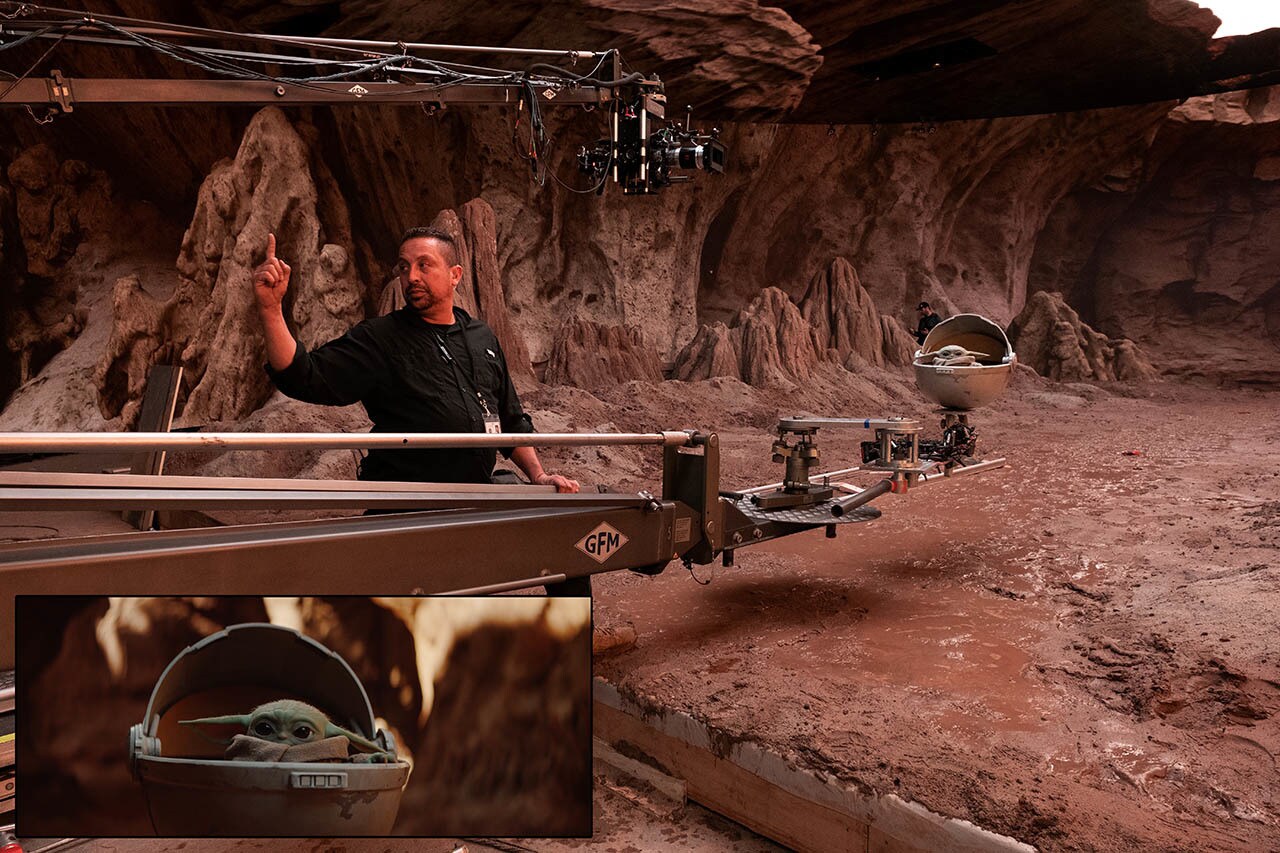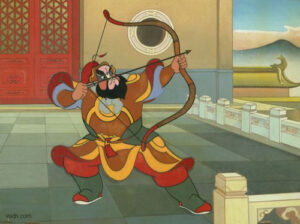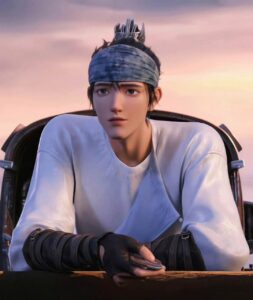Veggie On Wheels: Business Structure
Veggie on Wheels is a company that supplies vegetables at wholesale rates to restaurants and even to your doorsteps. It provides fresh produce at low rates, it supplies fruits and vegetables in bulk quantities to restaurants. It is a small-scale business. Veggie on Wheels actively expanding its service area beyond the GTA to reach a wider audience and grow its business.
History of veggie on wheels
Veggie On Wheels founder is Sanket Shah and he started his career at the age of 22 and made a profitable business in one year. He started his business in this area because he has a good experience in the vegetable market. He was working at a vegetable market for more than two years, and was working as a sales executive at Fresh Taste. The founders started this venture in December 2022. In the initiative days, he started supplying one restaurant and today this company is supplying more than 30 restaurants. When the business was started owner was doing marketing on his own and by giving good time to the business he expanded his business dramatically.
Expanded routes of Veggie on Wheels
This venture is well recognized all over GTA, and its vision is to wide spread in all over Ontario. Currently, Veggie On wheels Is supplies fresh produce most Probably to Indian restaurants. It also targets the number of Canadian restaurants that can give a big business to company. This strategy will also help to expand their business in different areas and franchise sectors.
Competitors
Veggie On Wheels has different competitors in the Canadian fresh produce market like Gordon Food Service, Mr. Produce, Sisco, and many more. Currently, these companies are giving big competition To this venture. These are the large-scale companies that are currently supplying to big franchisee chains like McDonald’s, Pizza Pizza, Burger King, etc.
Business structure
Veggie on Wheels, currently running a small-scale business. These apply fresh produce to restaurants, purchasing it from the Ontario Food Terminal at a wholesale rate. They will supply the purchased inventory in bulk to the restaurants. In addition, they started selling vegetables in retail and at your doorsteps. This venture invested well they will supply the purchased inventory in bulk to the restaurants’ amount of capital in their purchasing power and also invested capital in purchasing assets, like trucks for delivery. The venture, just needed a 4-person team because it is a small-scale business so, there is less need for capital for salary and employment services.






